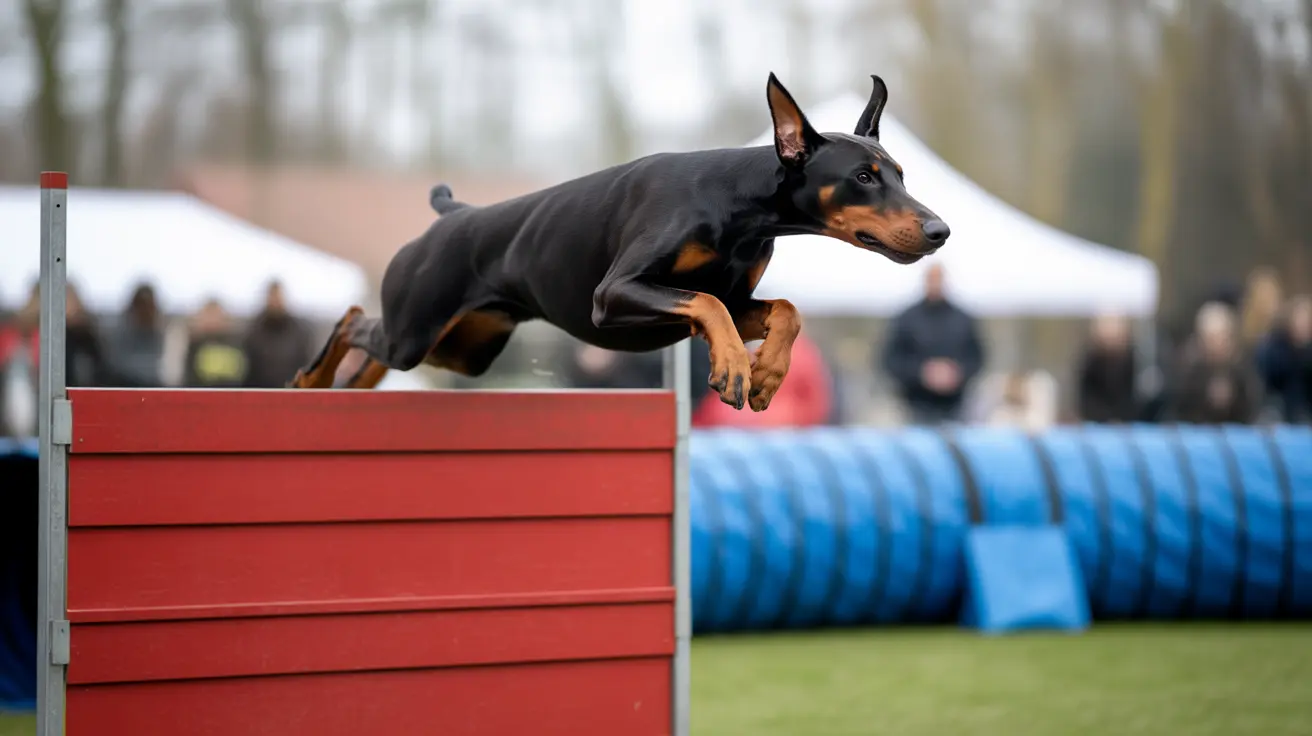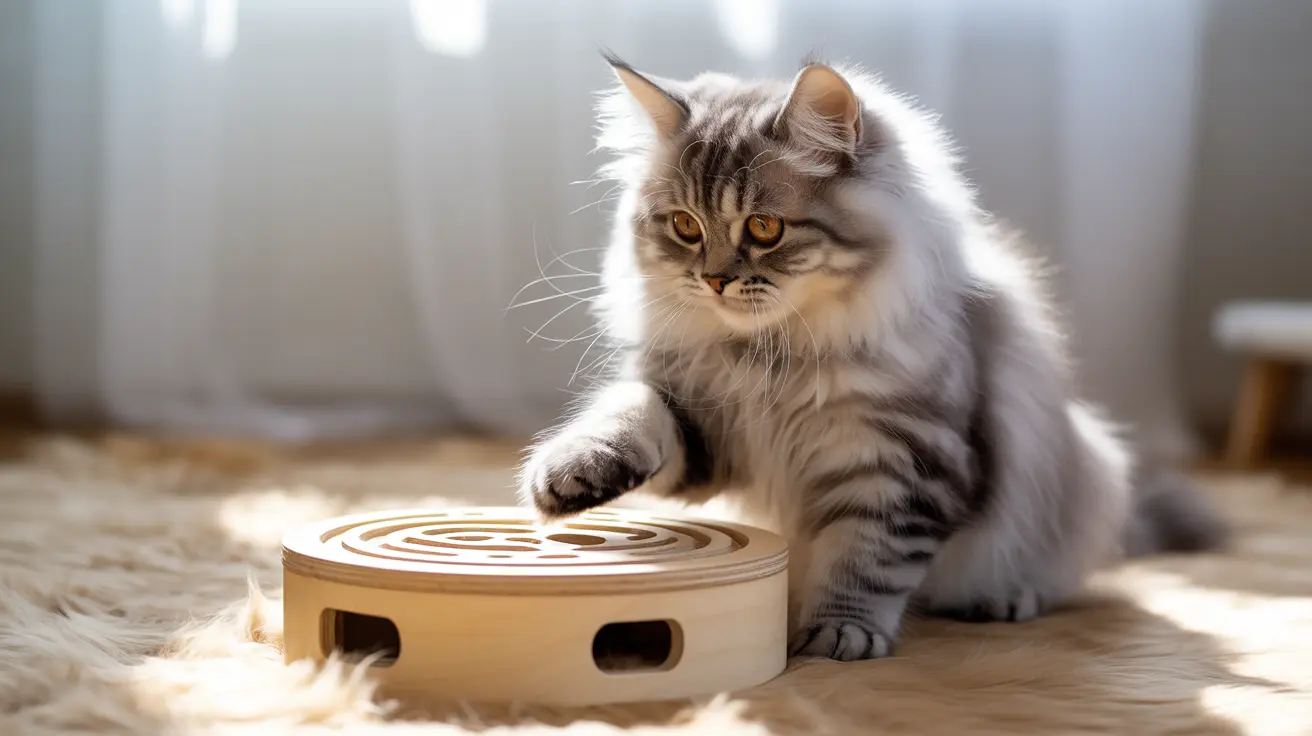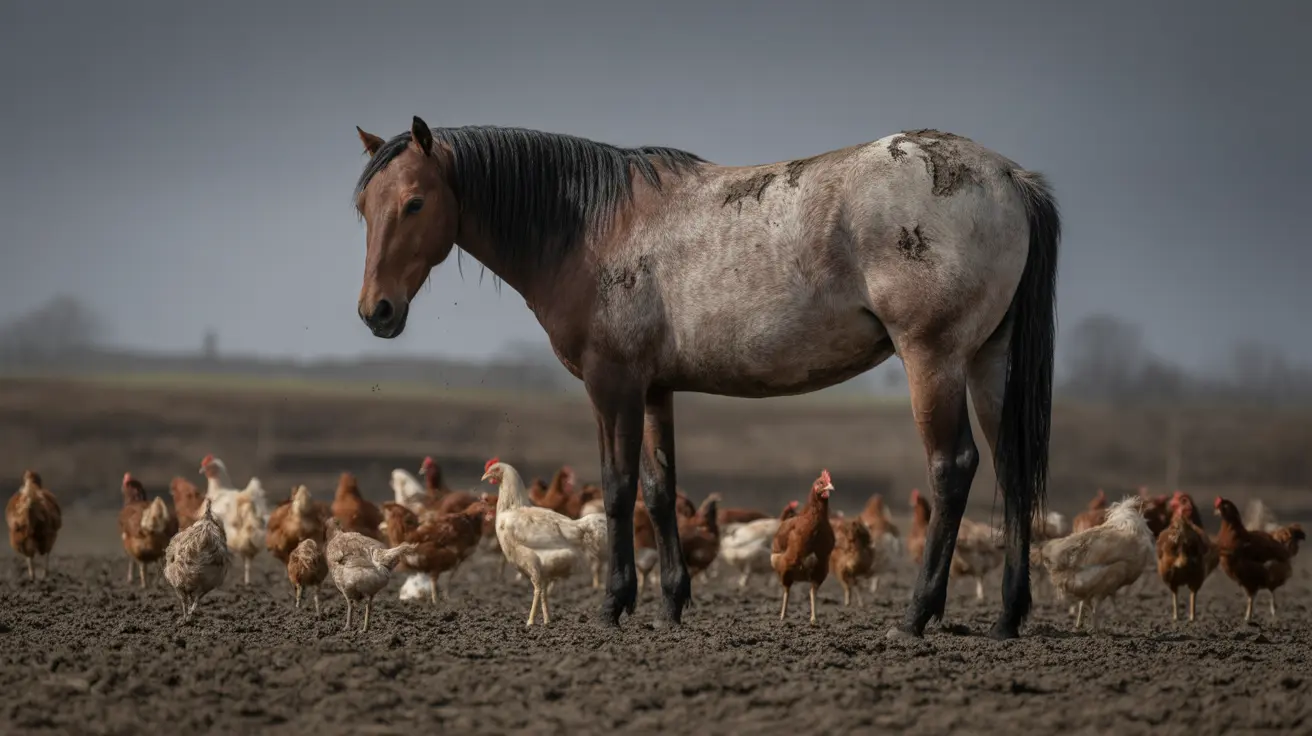The Doberman Pinscher stands as one of the most remarkable and versatile dog breeds in the world. Combining exceptional intelligence, unwavering loyalty, and striking physical presence, these dogs have successfully transitioned from their working dog origins to become beloved family companions. Their unique blend of protective instincts and affectionate nature makes them an intriguing choice for those seeking a dedicated canine partner.
Originally bred in late 19th century Germany, the Doberman has evolved from a guardian breed to a multi-faceted companion capable of excelling in various roles—from family protector to competitive sport participant. Their adaptability and keen intelligence have earned them a reputation as one of the most trainable and devoted breeds available, though their strong personality requires appropriate guidance and training.
The Historical Legacy of the Doberman Pinscher
The breed's fascinating history begins with Karl Friedrich Louis Dobermann, a tax collector and dog pound operator in Apolda, Germany. Seeking a loyal and protective companion for his dangerous work, Dobermann carefully selected various breeds, including the Old German Shepherd, German Pinscher, and Greyhound, to create what we now know as the Doberman Pinscher.
After Dobermann's death in 1894, Otto Göller continued refining the breed, establishing the first Doberman Pinscher club and developing the breed standard that would lead to international recognition. Today, Dobermans are appreciated across the globe for both their historical importance and their modern capabilities in a variety of working and companion roles.
Physical Characteristics and Appearance
Modern Dobermans showcase an elegant yet powerful build, embodying the perfect balance between strength and agility. Standing 24-28 inches at the shoulder and weighing between 60-100 pounds, these dogs possess a noble bearing that commands attention. Their physical prowess makes them not only striking to look at but also well-suited for active and engaging lifestyles.
Distinctive Features
- Athletic, muscular frame: Dobermans feature a lean yet powerful build, enabling them to move with both speed and precision.
- Deep chest and defined musculature: Their bodies are designed for endurance and efficiency, with a broad chest that aids stamina.
- Short, smooth coat in various colors: Most Dobermans are seen in black and tan, but fawn, blue, and red variations also exist, each with a characteristic sleek coat that is easy to care for.
- Traditional cropped ears and docked tail: While common in some regions, ear cropping and tail docking are becoming less prevalent and may be regulated or discouraged in many countries.
- Alert, intelligent expression: A hallmark of the breed, Dobermans convey keen awareness and responsiveness through their attentive gaze and posture.
Understanding Doberman Temperament
The Doberman personality is characterized by intelligence, loyalty, and courage. These dogs form deep bonds with their families while maintaining their natural protective instincts. Their high energy levels and sharp minds require consistent mental and physical stimulation to prevent unwanted behaviors. Bordering on the intuitive, Dobermans are quick to read their owner’s emotions and needs, often responding accordingly.
Key Personality Traits
- Highly intelligent and trainable: Dobermans are fast learners, excelling in obedience training, tricks, and advanced tasks.
- Loyal and protective of family: They are known for building close attachments and acting as vigilant guardians.
- Energetic and athletic: Their stamina and enthusiasm make them perfect for active individuals or families.
- Alert and watchful: With a natural tendency to observe their environment, Dobermans often excel as watchdogs.
- Affectionate with family members: Despite their reputation for toughness, Dobermans are loving and seek closeness with their trusted humans.
Exercise Requirements and Activity Needs
Doberman exercise needs are substantial, requiring at least two hours of daily physical activity. This should include structured exercise sessions, playtime, and mental stimulation through training or puzzle toys. Without sufficient activity, they may become bored or develop destructive habits—making regular engagement essential for a healthy Doberman.
Recommended Activities
- Daily walks or jogs: Regular outings help maintain fitness while providing essential mental enrichment through new sights and smells.
- Interactive play sessions: Games such as fetch, tug-of-war, or frisbee help channel the Doberman's energy constructively.
- Agility training: Many Dobermans thrive in agility courses, which combine exercise with obedience and mental challenges.
- Swimming (with proper introduction): While not all Dobermans are natural swimmers, many can enjoy water activities after gradual exposure.
- Obedience training: Ongoing training reinforces good manners and stimulates their intellect, reducing behavioral problems.
Health Considerations and Care
Responsible Doberman care includes regular veterinary check-ups and awareness of breed-specific health issues. Owners should be proactive in managing potential conditions and ensuring preventative care is part of the dog’s routine. Understanding early warning signs and taking action can prolong both the quality and duration of your Doberman's life.
Essential Health Monitoring
- Regular cardiac screenings: Dobermans are prone to heart issues such as dilated cardiomyopathy, so routine veterinary evaluations are vital.
- Hip and joint evaluations: Screening for hip dysplasia helps ensure early intervention and management.
- Routine blood work: Regular testing allows for early detection of hereditary or metabolic conditions, such as von Willebrand’s disease (a blood clotting disorder).
- Proper nutrition: A balanced diet tailored to their age, size, and activity level supports overall health and longevity.
- Weight management: Maintaining an ideal weight reduces stress on joints and organs, lowering risk of health complications.
Living with a Doberman
Success in Doberman living conditions depends on providing adequate space, exercise, and mental stimulation. While they can adapt to apartment living, Dobermans thrive best in homes with secure outdoor areas where they can exercise freely. Consistent routine, plenty of positive interaction, and mental engagement are essential for their well-being. Early socialization and training help ensure a well-mannered and confident adult dog.
Frequently Asked Questions
- What is the origin of the Doberman Pinscher? The Doberman originated in Germany in the late 19th century, bred by Karl Friedrich Louis Dobermann as a loyal and protective companion suitable for work and guarding.
- Is the Doberman Pinscher a good family dog? Yes, Dobermans are loyal and affectionate with their family members but require proper socialization and consistent guidance to ensure balanced behavior around children and guests.
- How intelligent is the Doberman Pinscher? Dobermans are highly intelligent and fast learners, excelling in obedience training, protection tasks, and competitive sport activities.
- How much exercise does a Doberman need? Dobermans require plenty of daily exercise and mental stimulation—at least two hours—due to their high energy and drive.
- Are Dobermans aggressive? Modern Dobermans are generally less aggressive than their historical counterparts but can display protective behaviors if not properly trained and socialized. Early learning helps foster a balanced temperament.
- Can Dobermans live in apartments? Yes, provided they get enough physical and mental activity every day. Daily walks, play, and mental exercises are crucial for apartment-living Dobermans.
- Are Dobermans good with children? They are protective of children in their household, but as with any breed, interactions should always be supervised to ensure safety and positive relationships.
- Do Dobermans get along with other pets? Dobermans may be wary or dominant with other pets, especially without early and extensive socialization. Careful introductions and ongoing supervision are recommended.
- What health issues affect Dobermans? They are prone to heart issues such as DCM, hip dysplasia, and some inherited conditions like von Willebrand’s disease. Routine veterinary care is essential for early detection.
- What grooming does a Doberman require? Their short coat is low maintenance, requiring only occasional brushing to remove loose hair and maintain shine. Regular nail trimming and dental care should be part of their grooming routine.
The Doberman Pinscher represents an exceptional combination of intelligence, loyalty, and versatility. While they require dedicated training, exercise, and healthcare, they reward their owners with unwavering devotion and protection. For those prepared to meet their needs, a Doberman can become an outstanding family companion and loyal protector.






